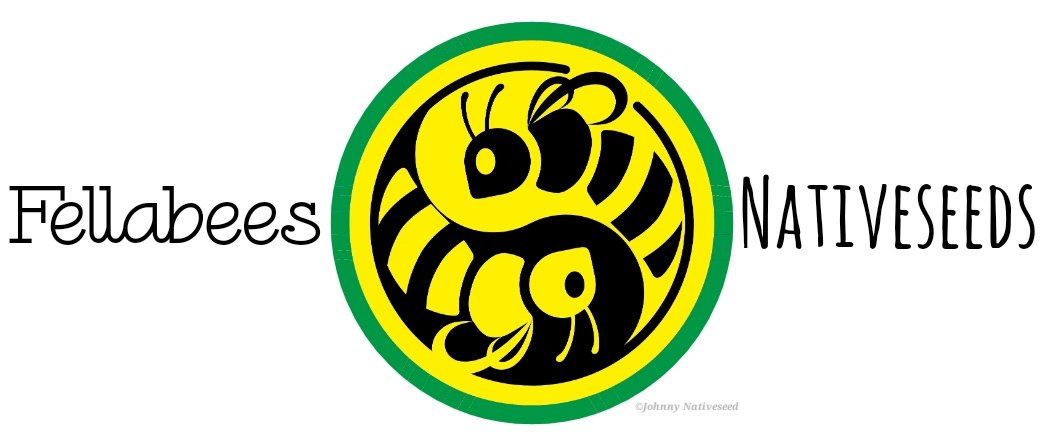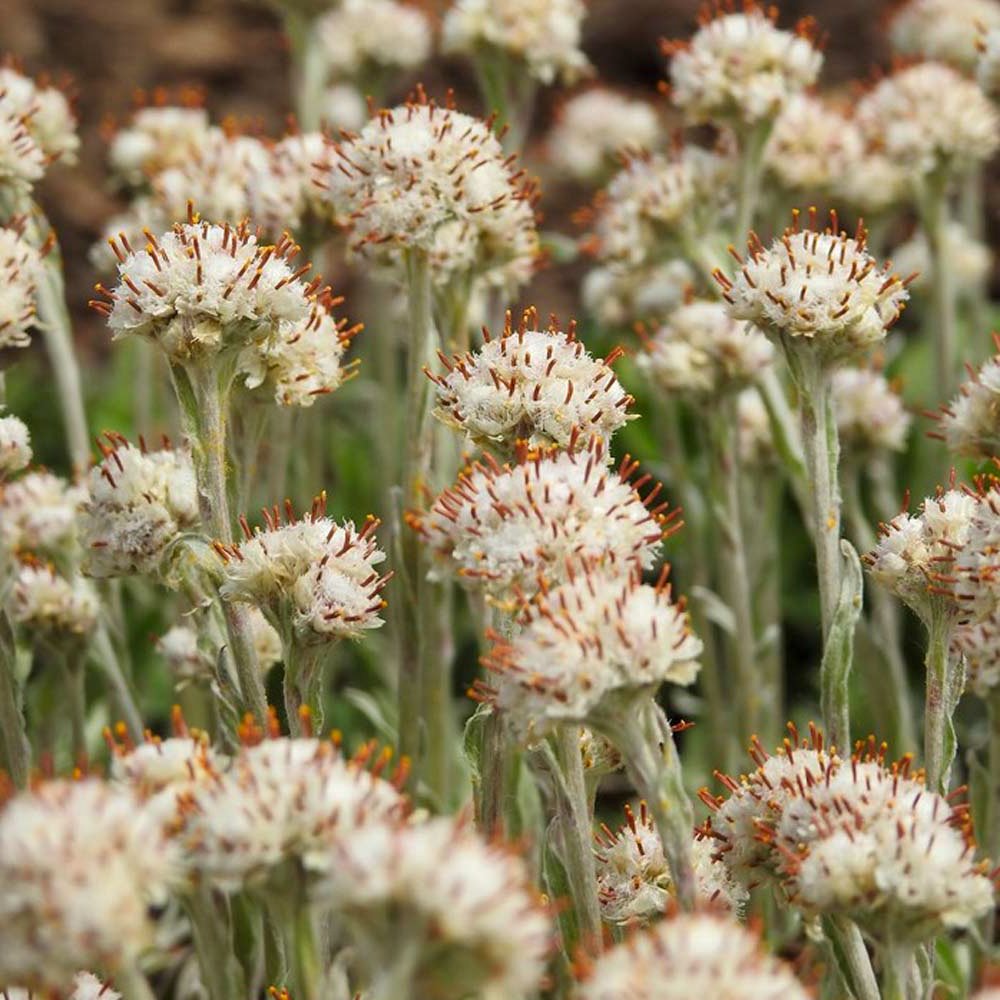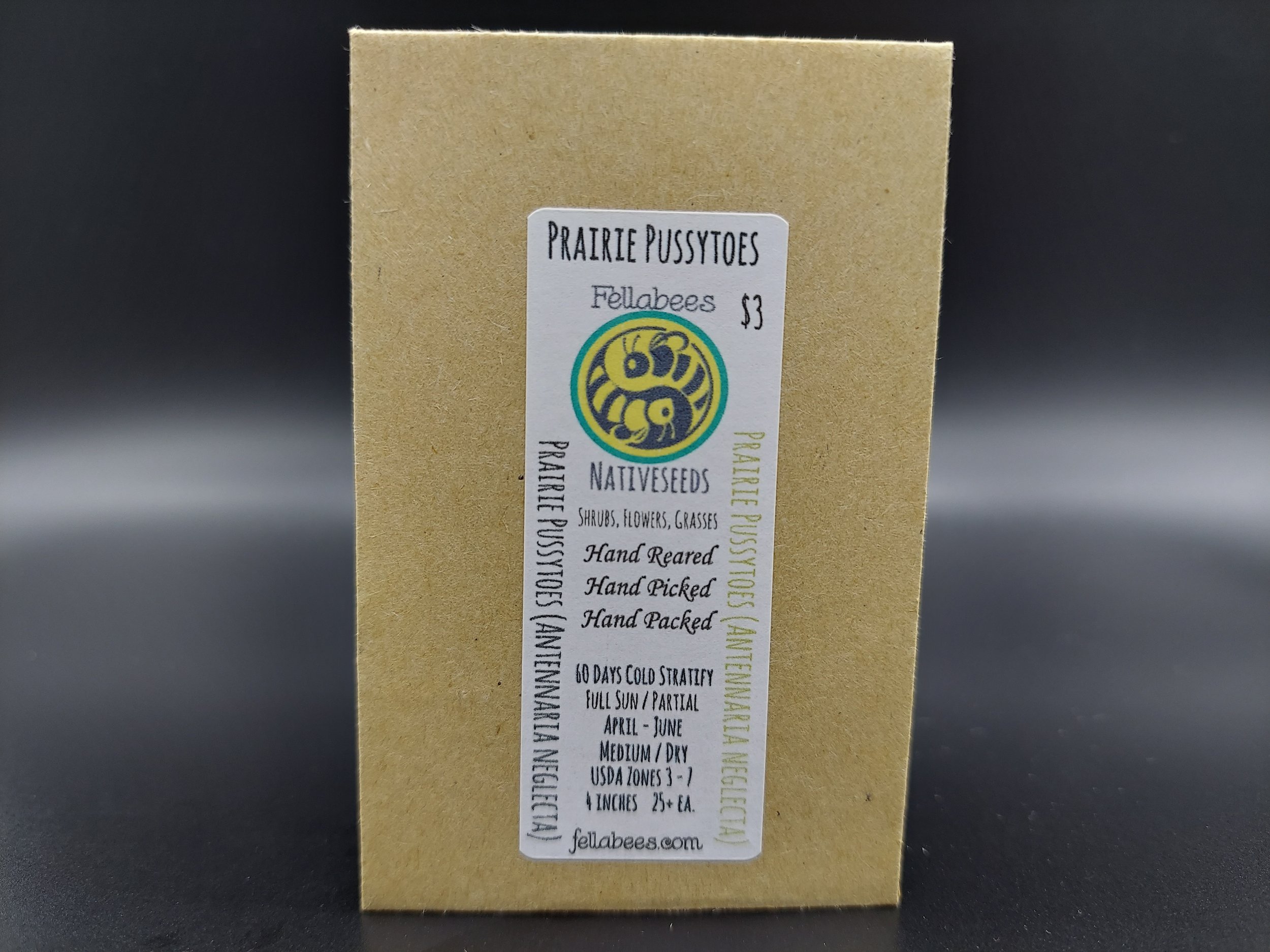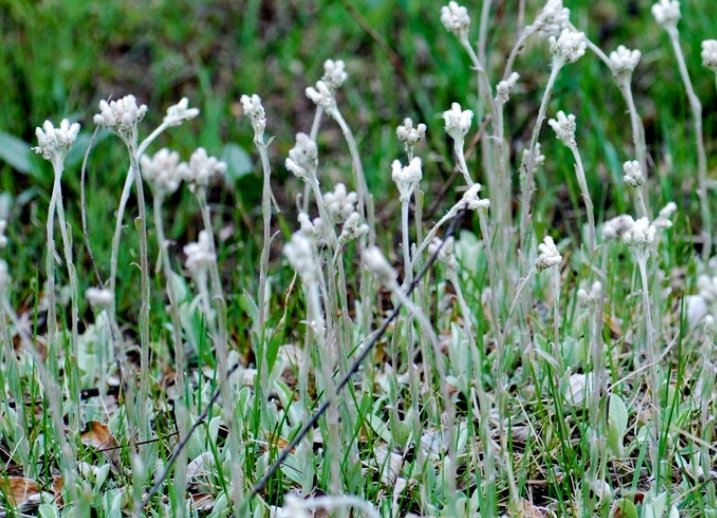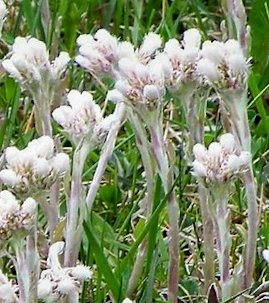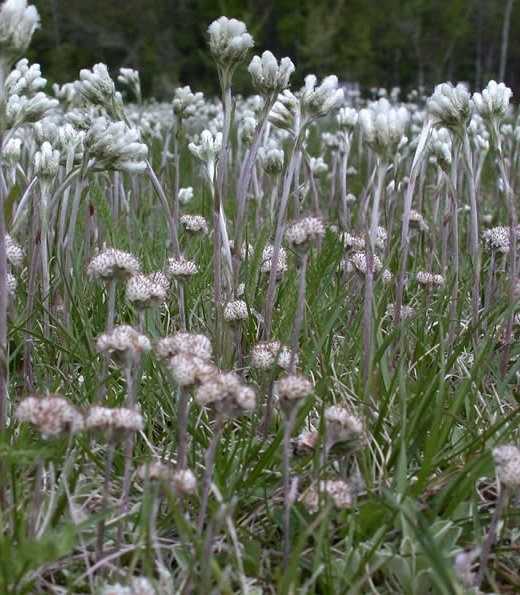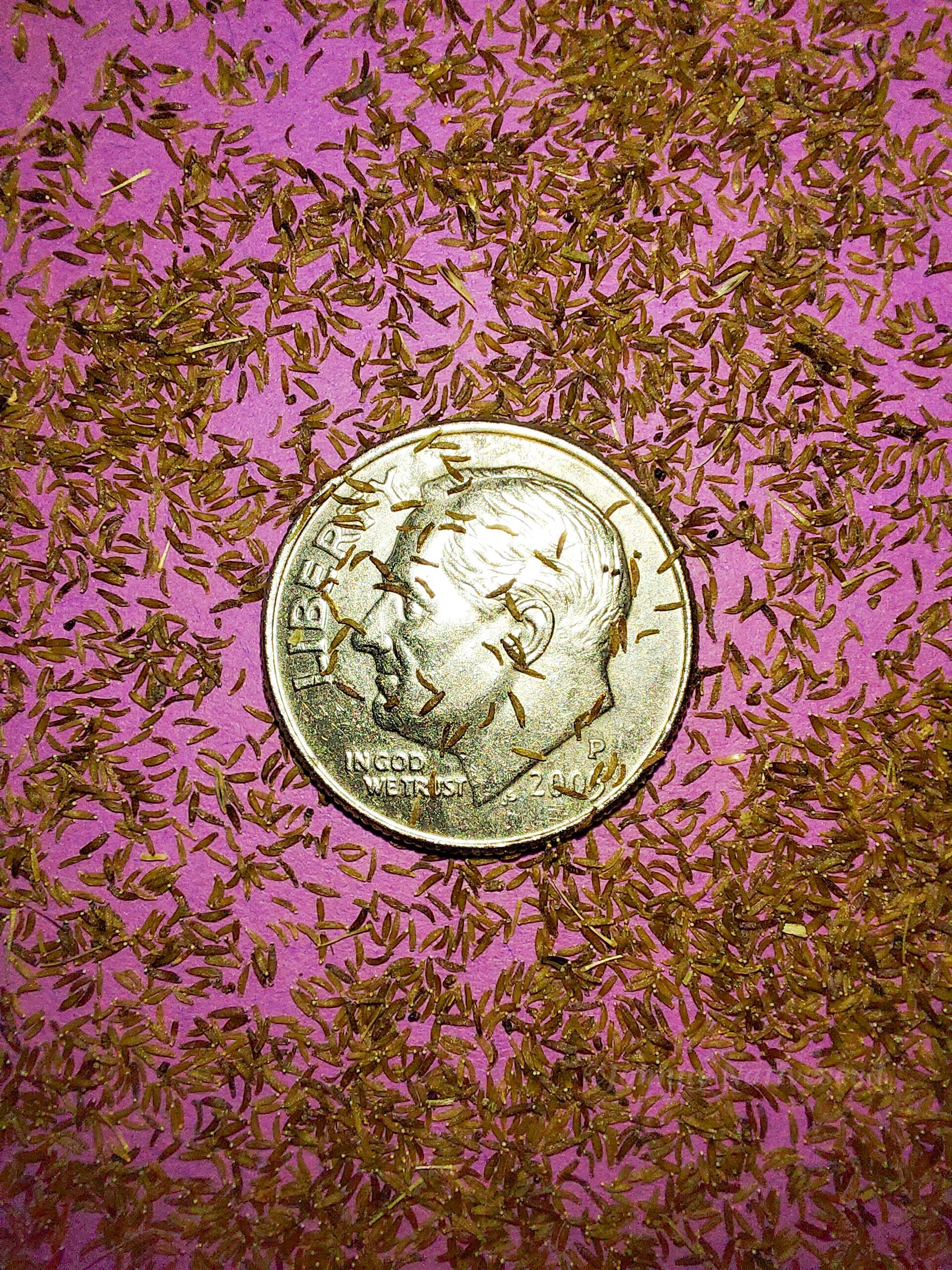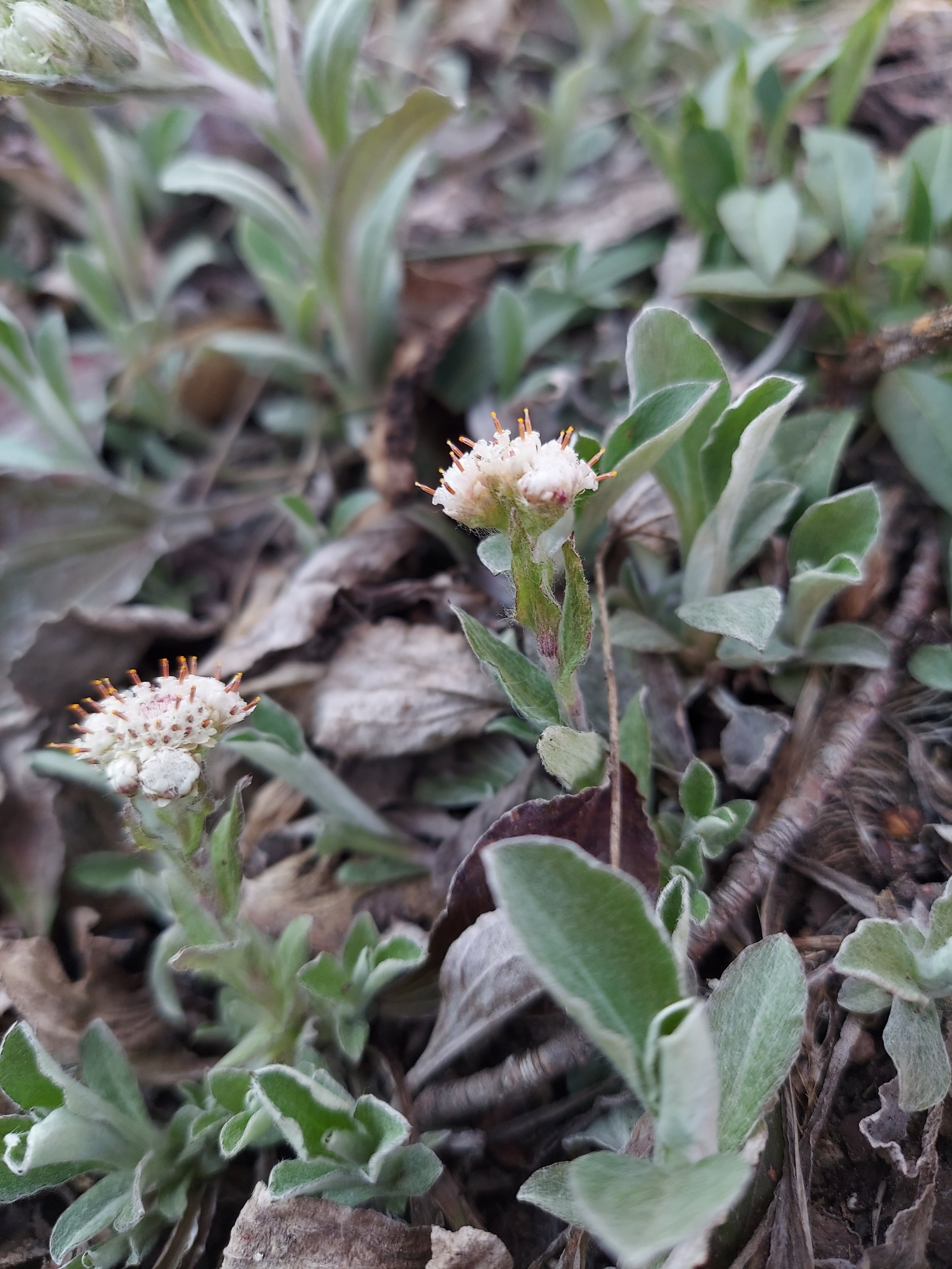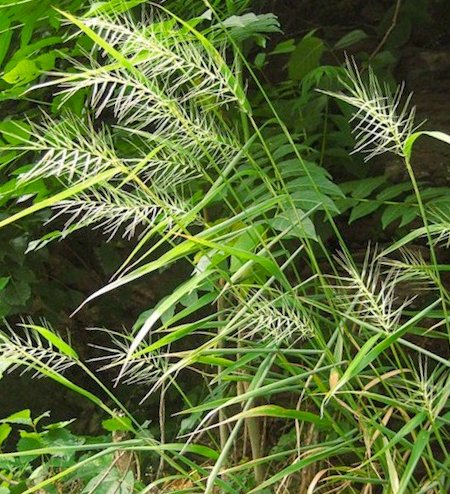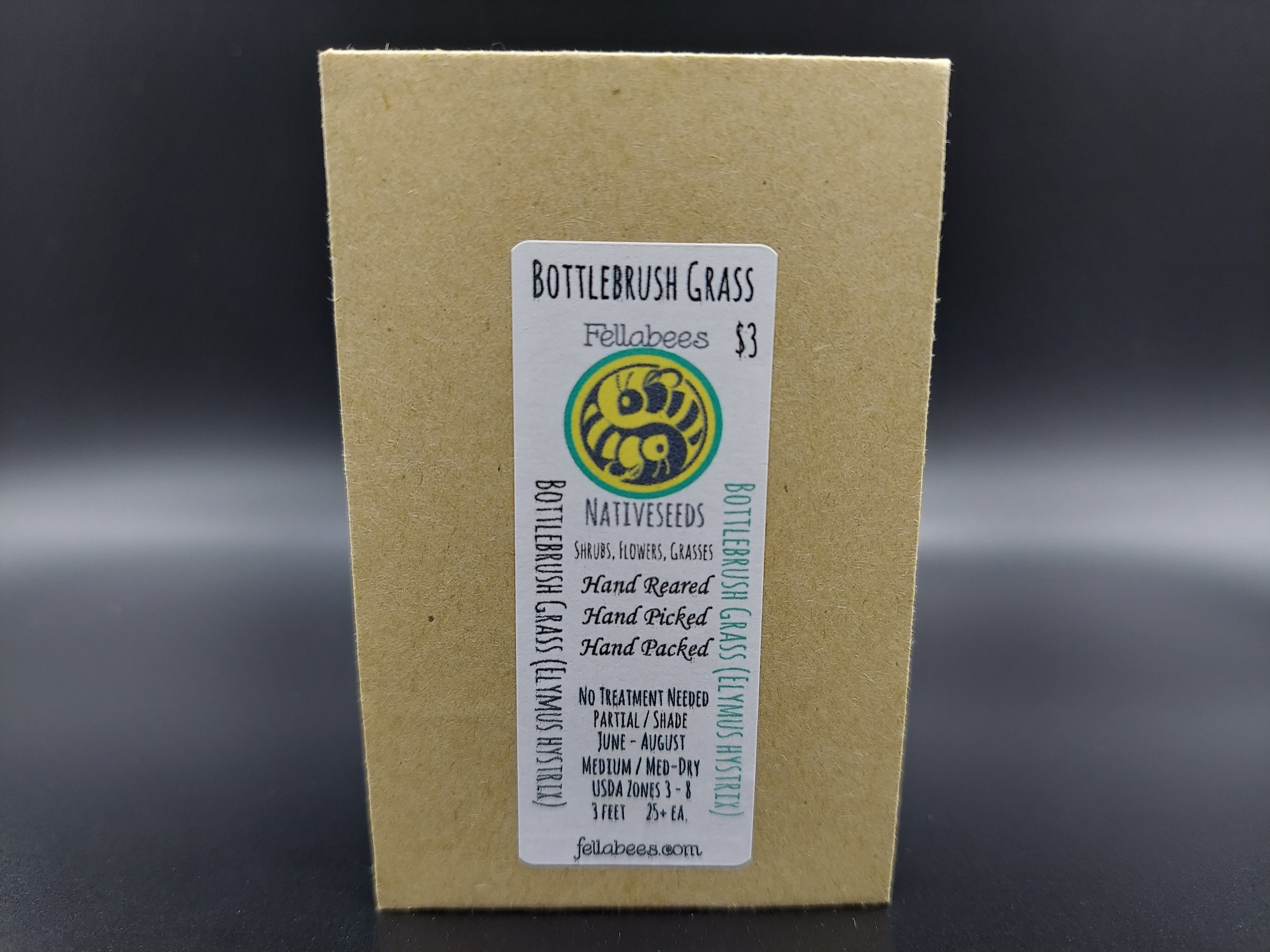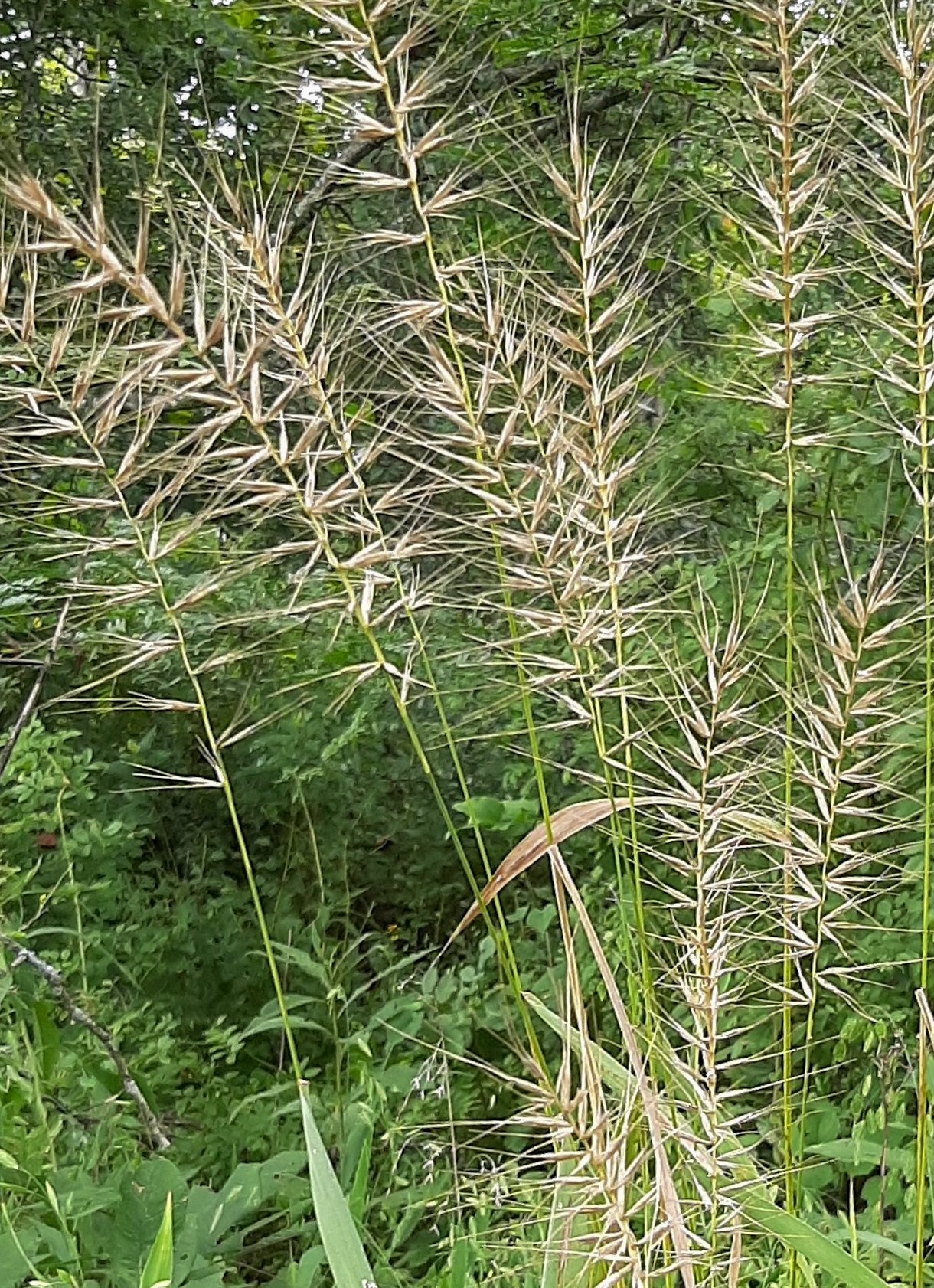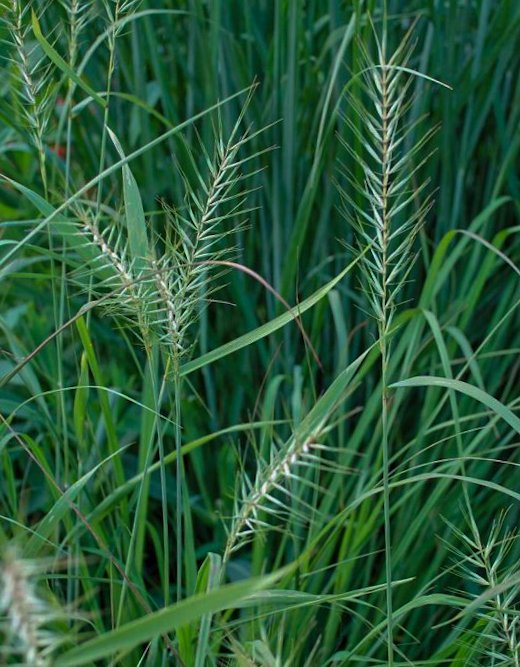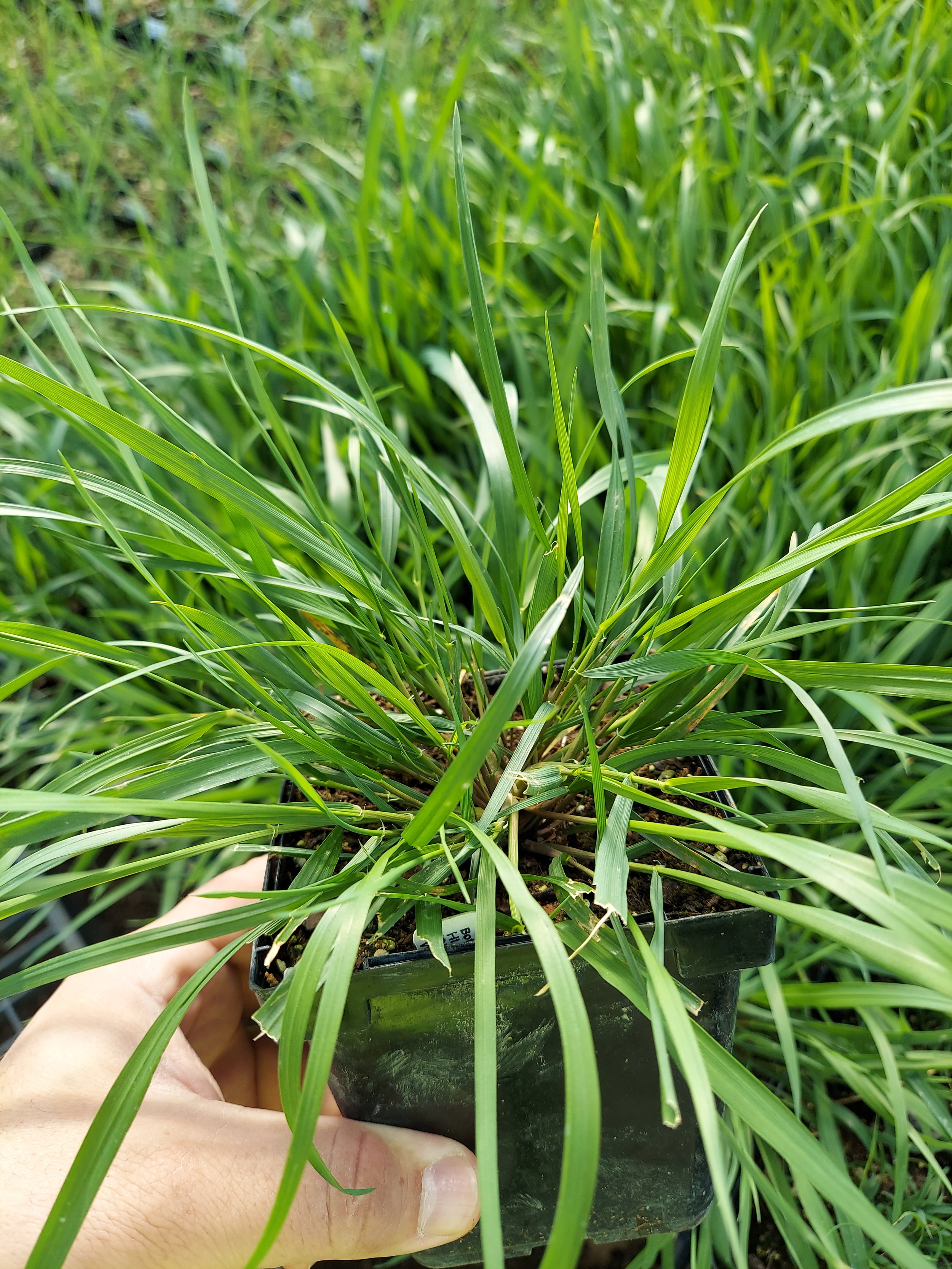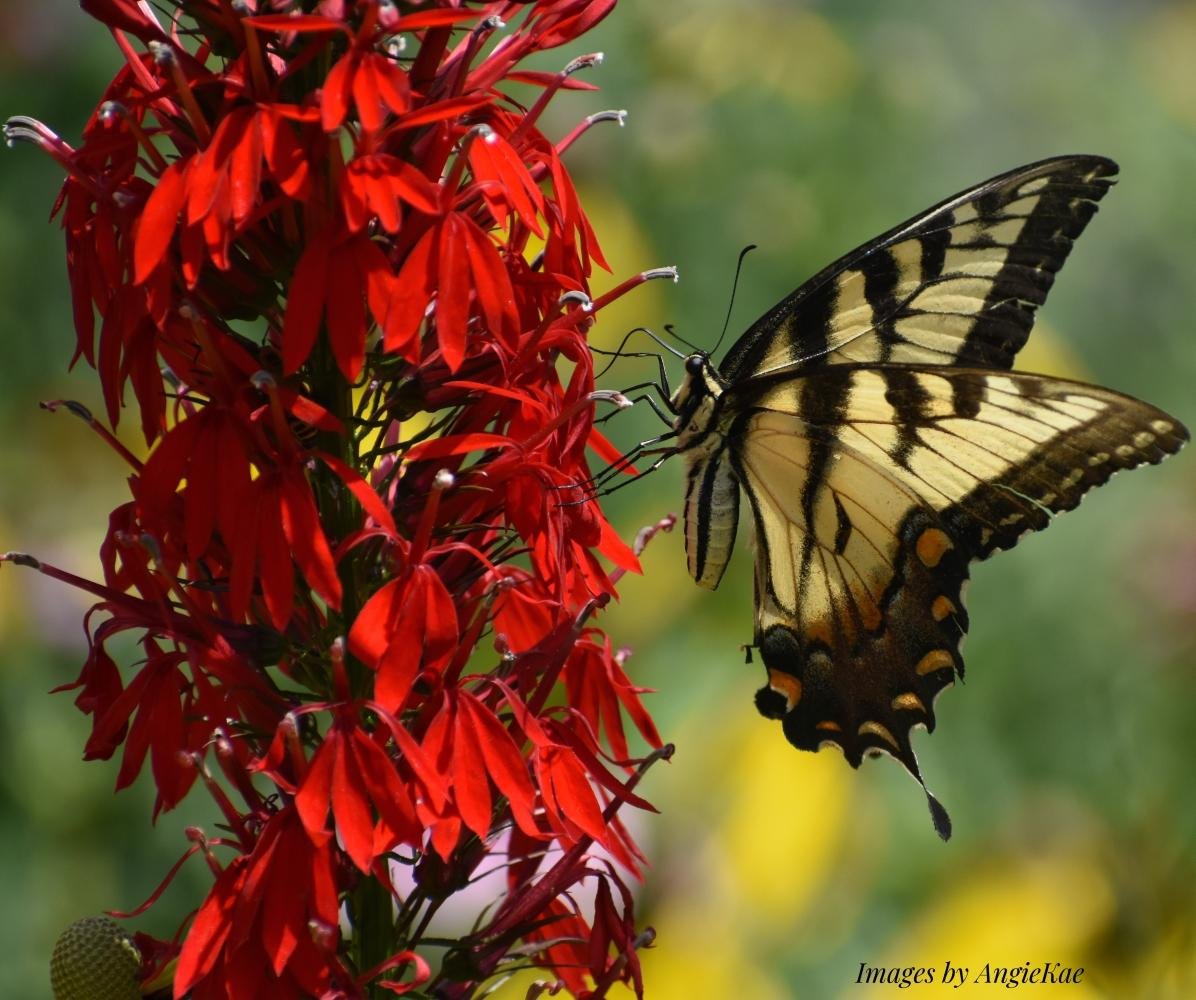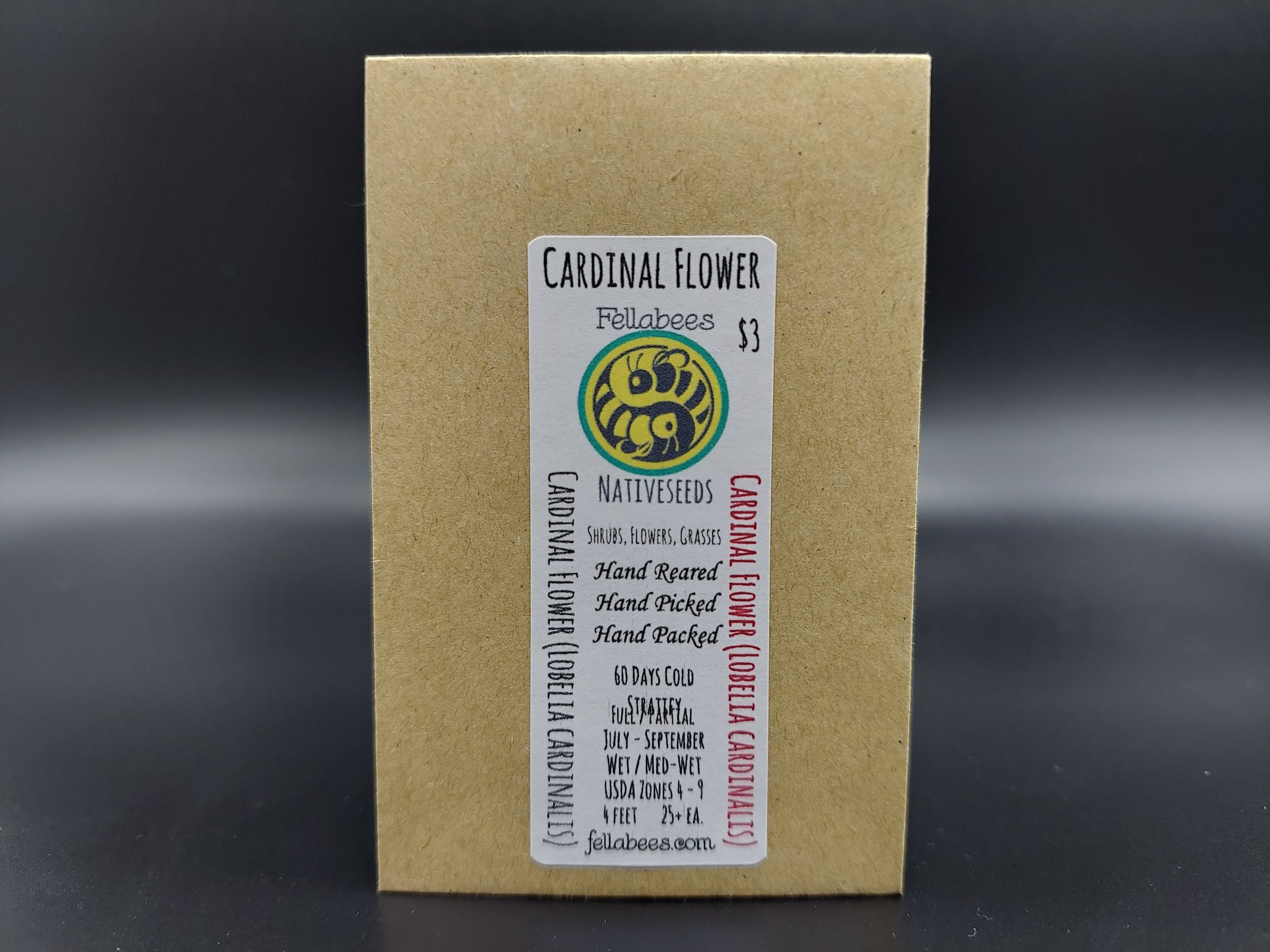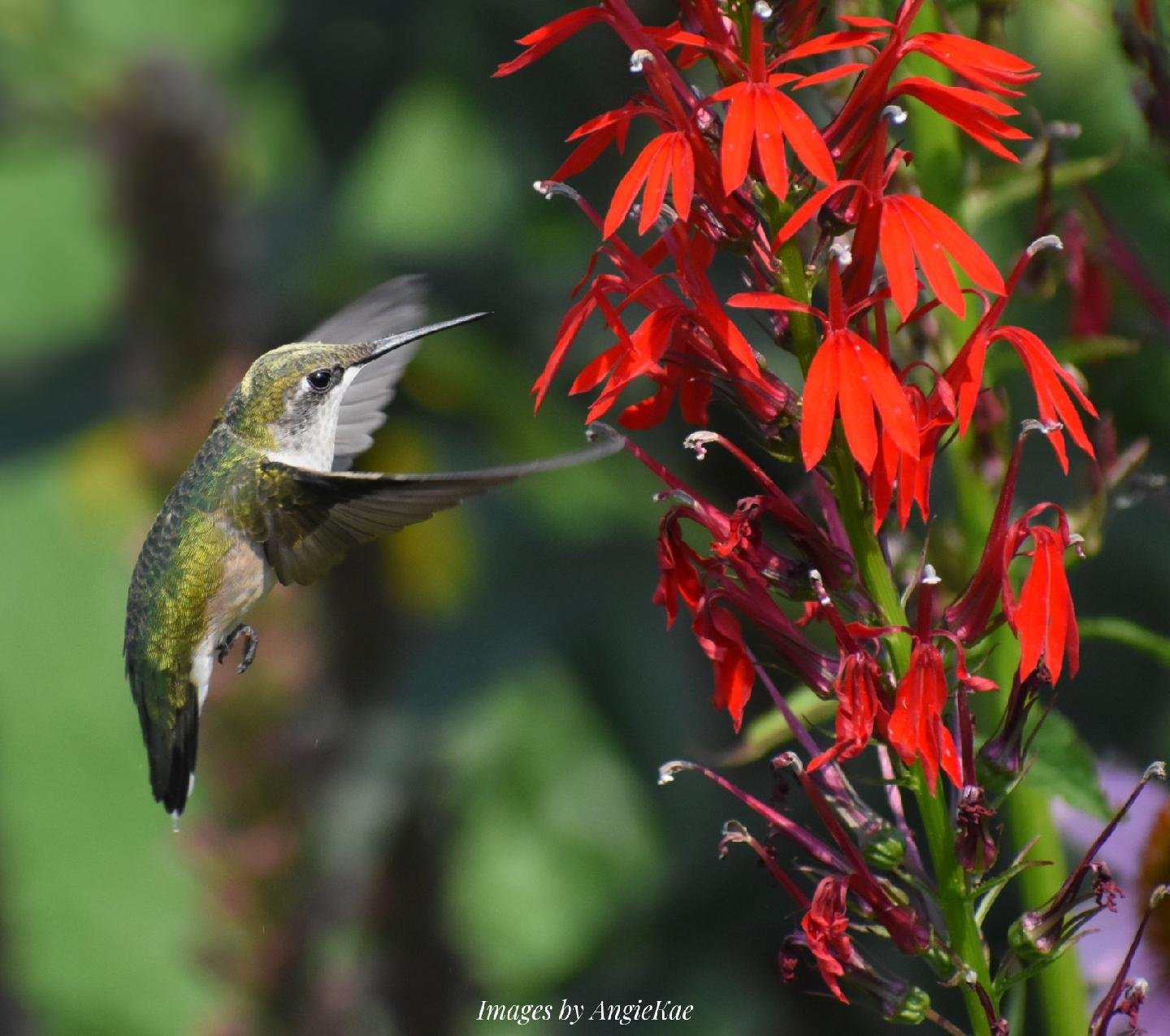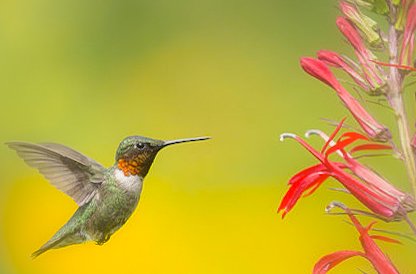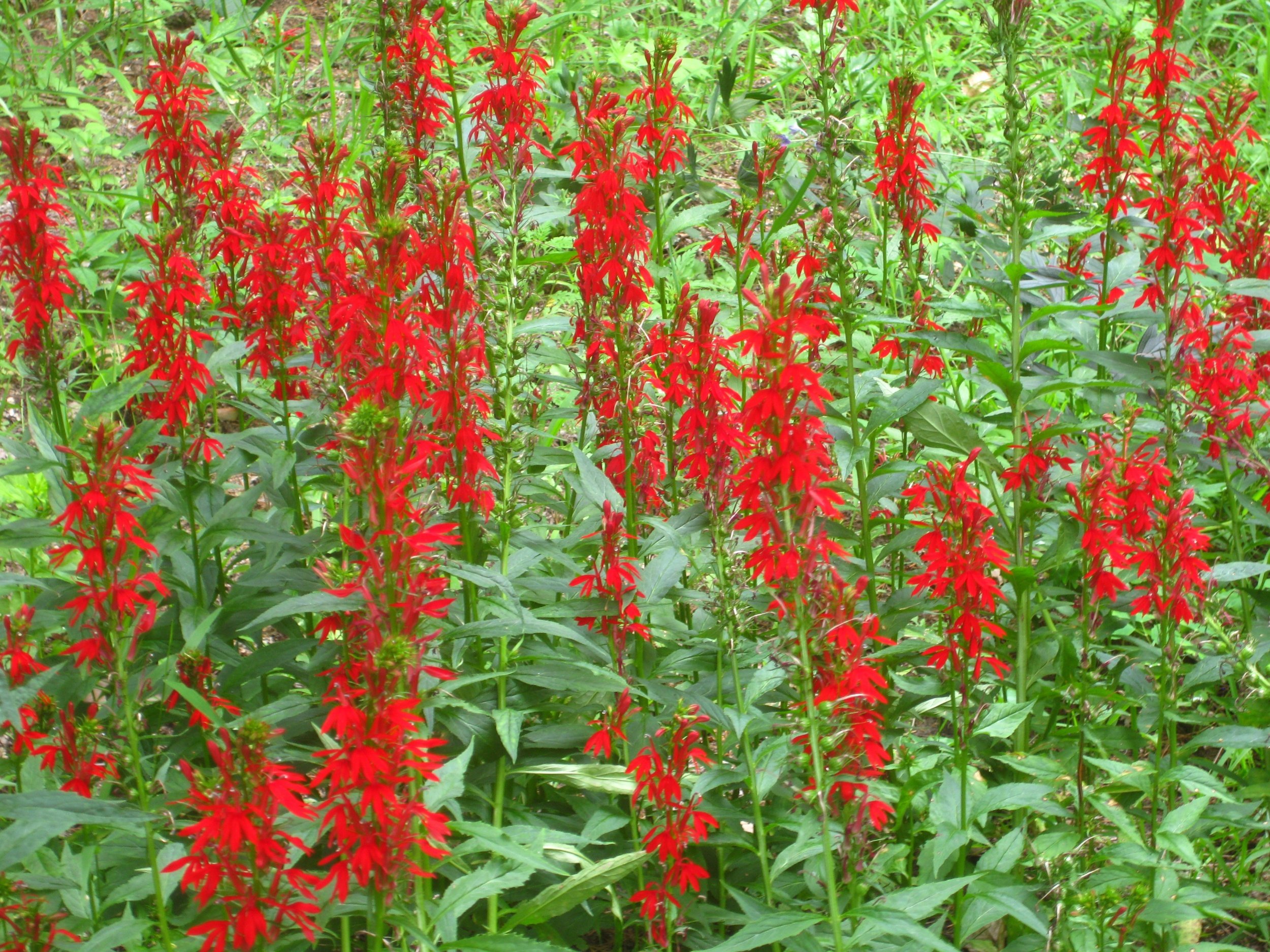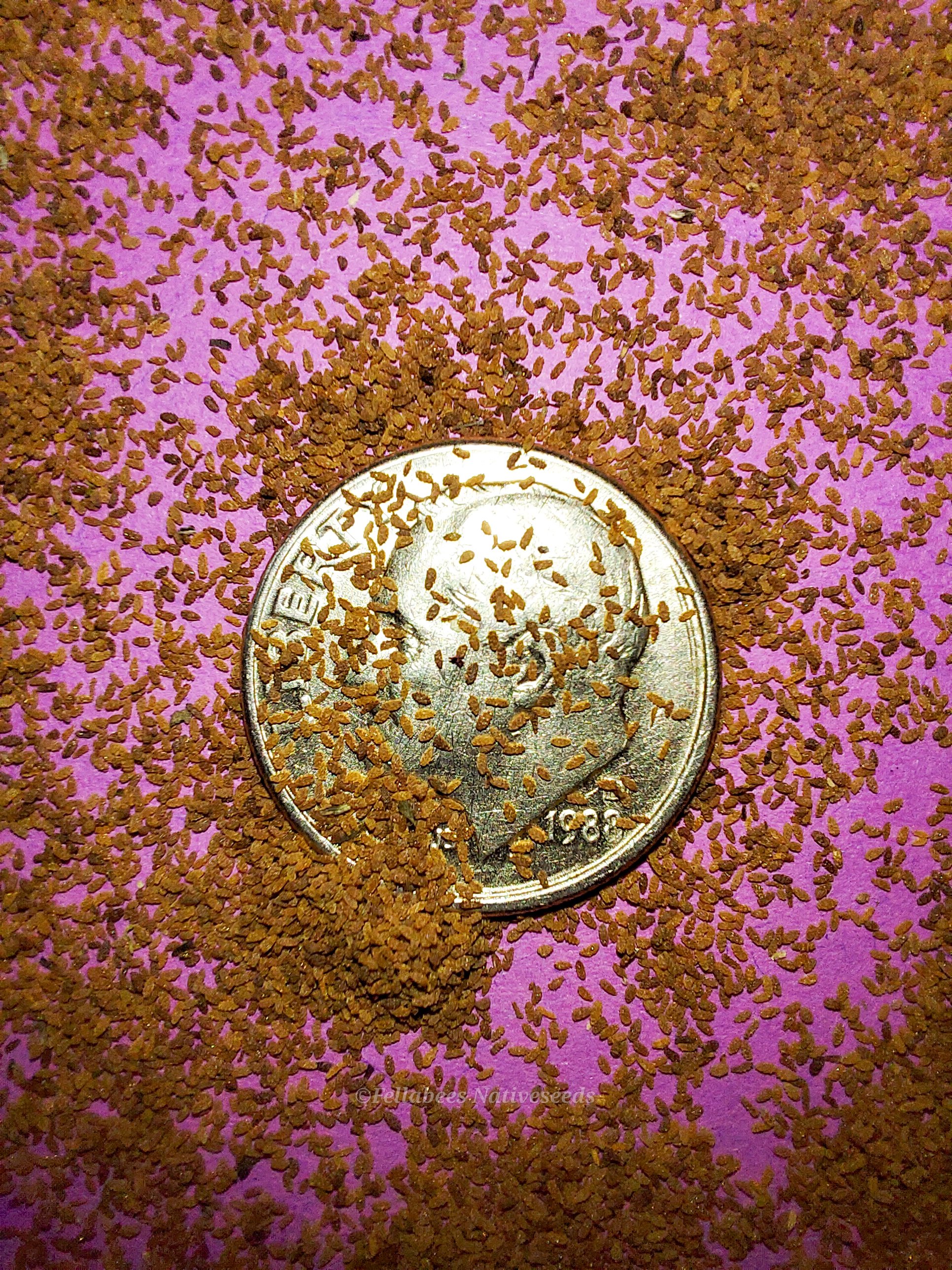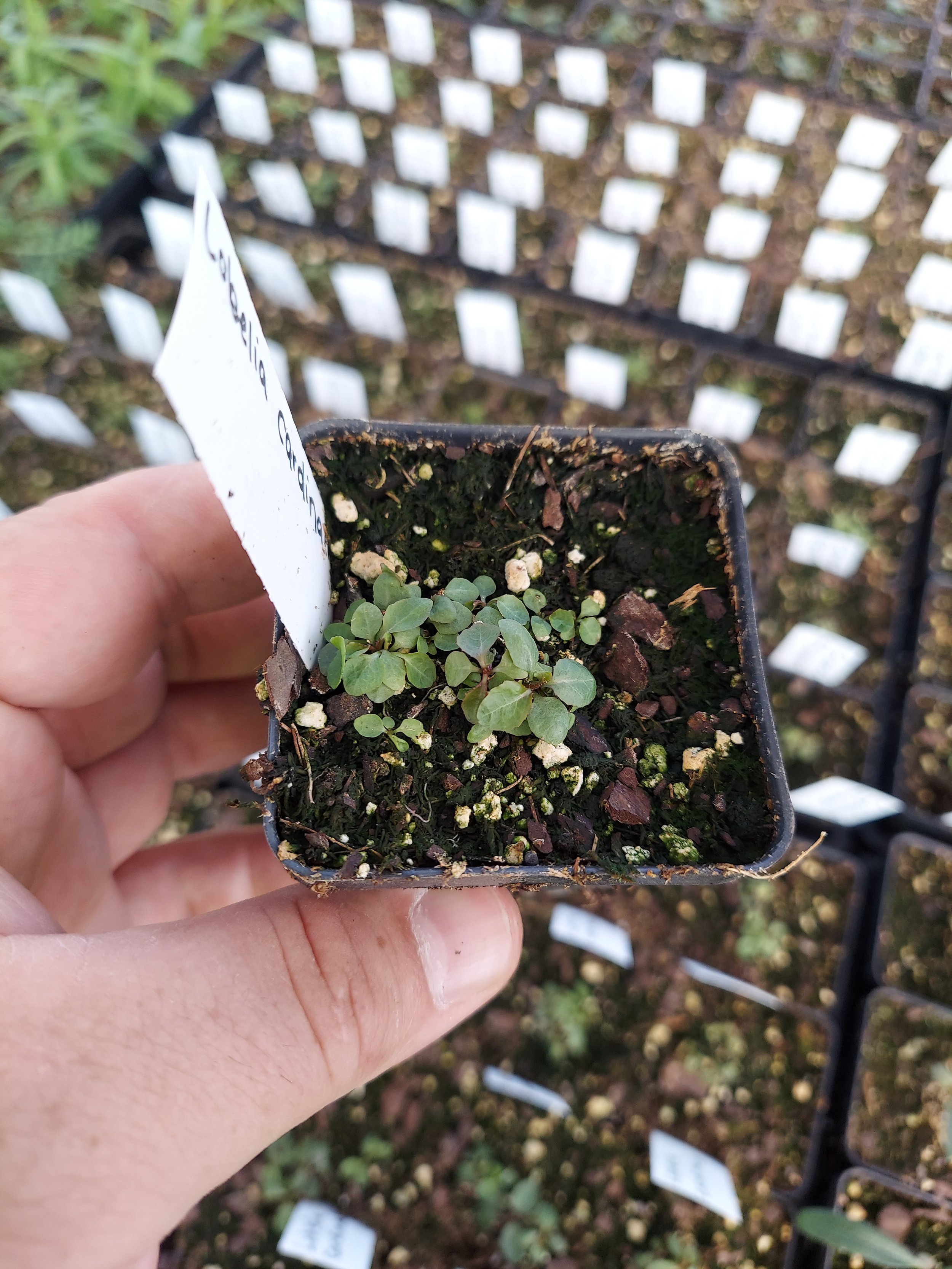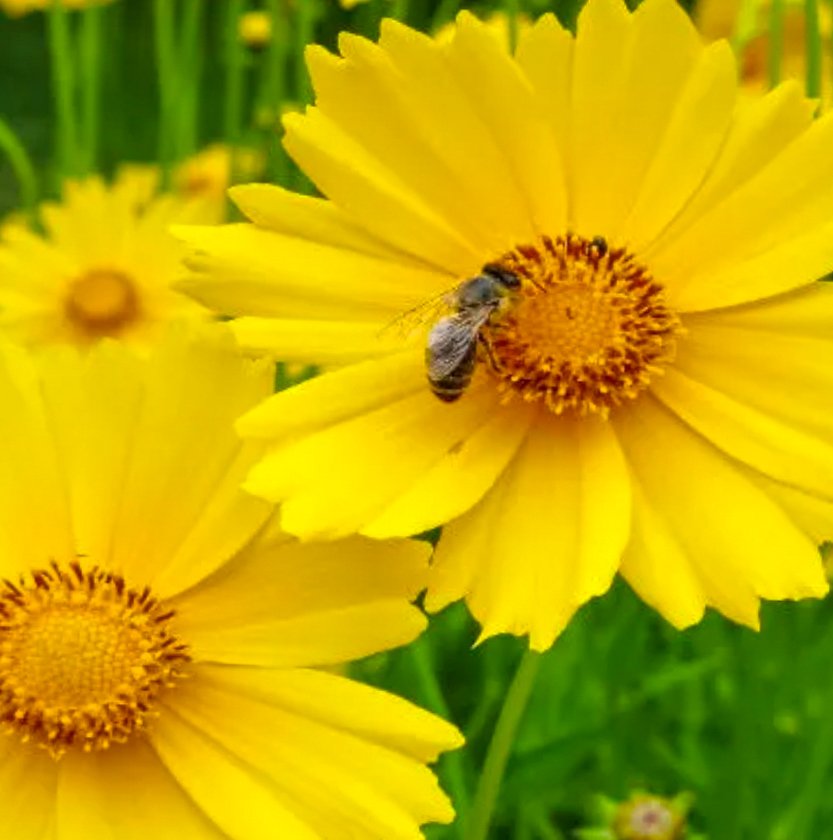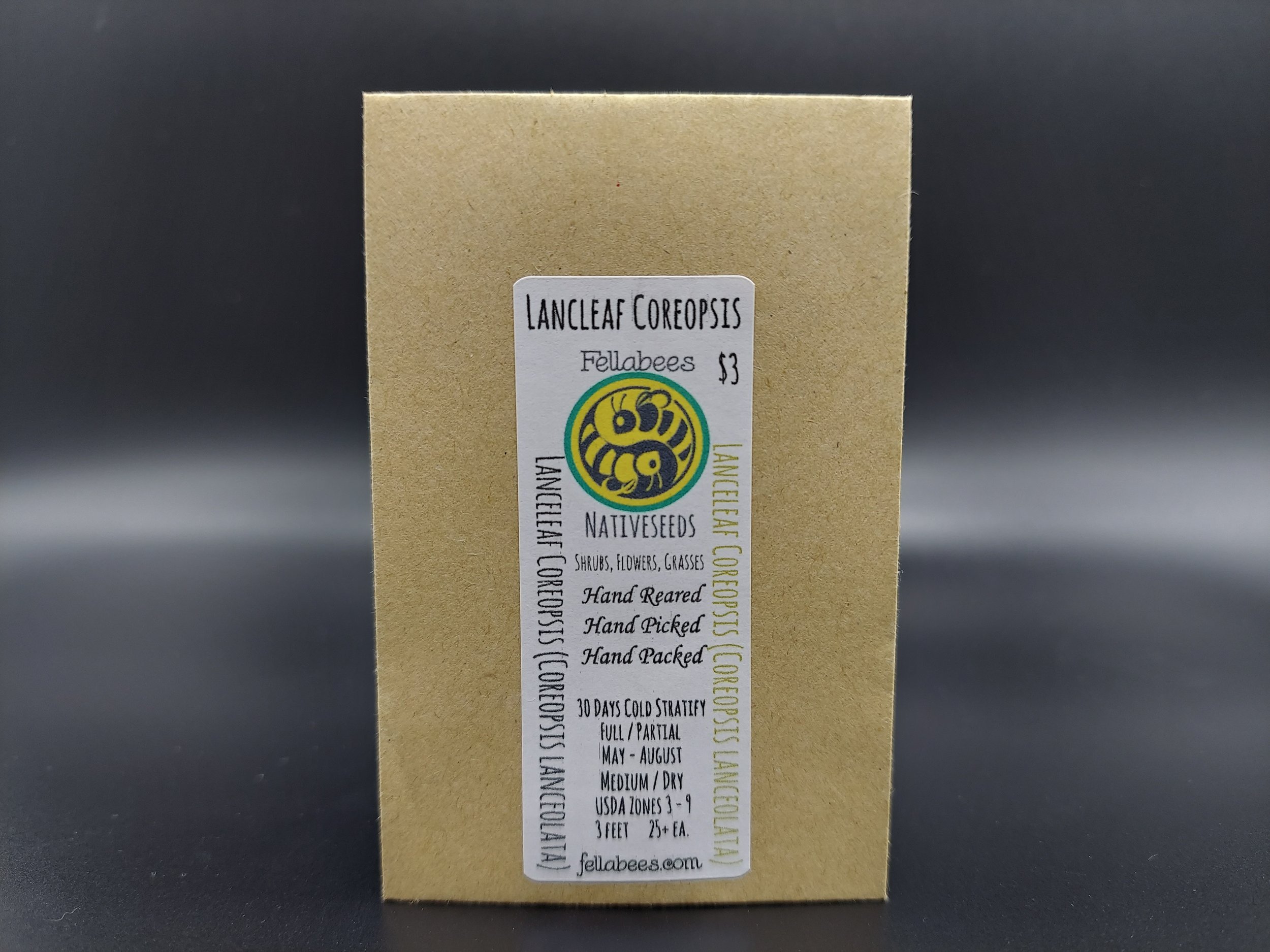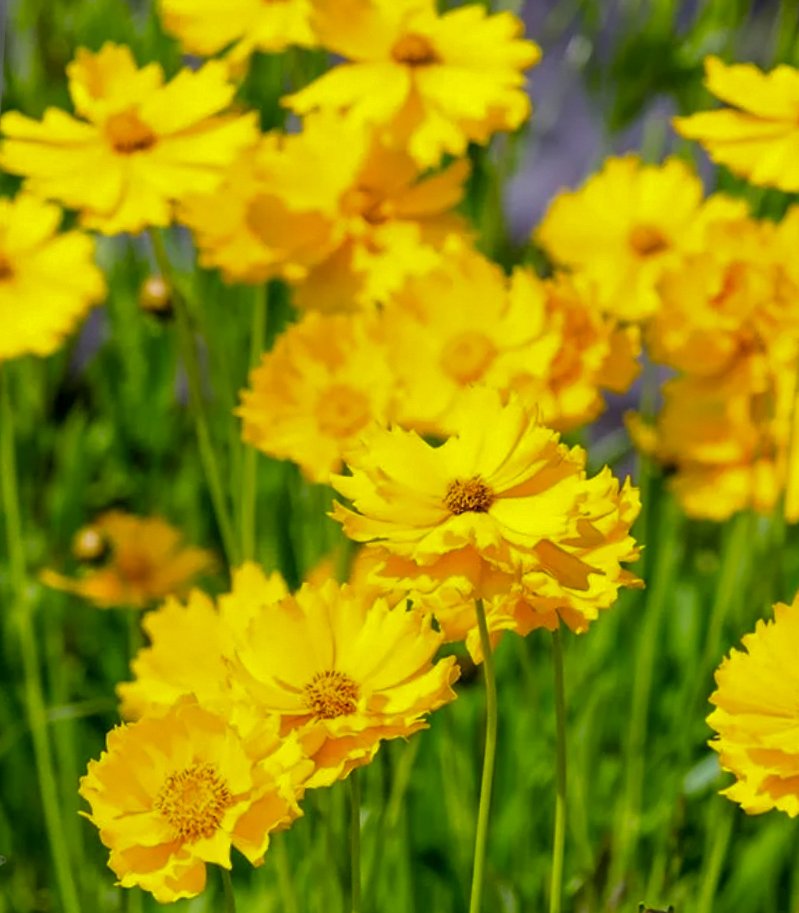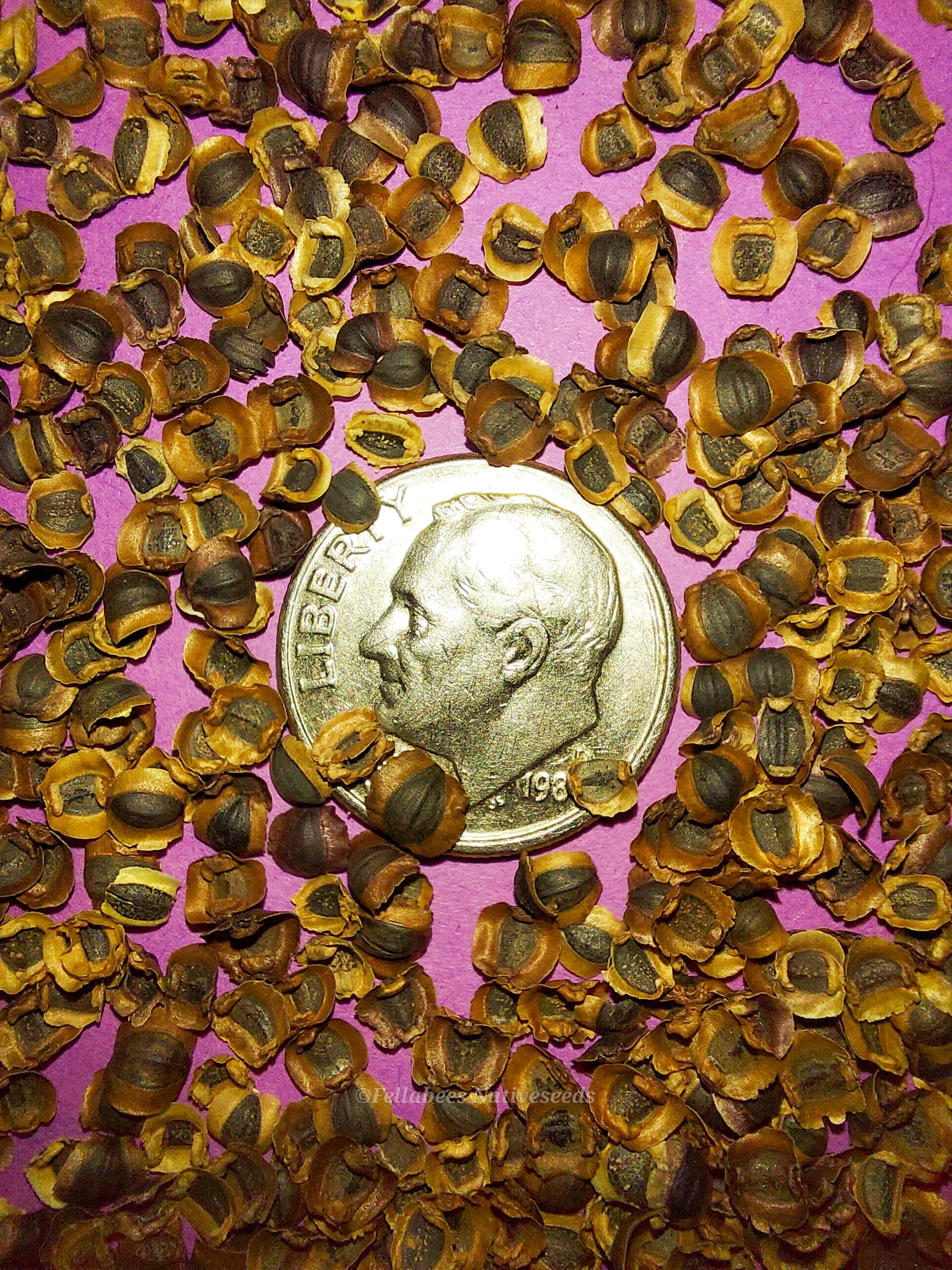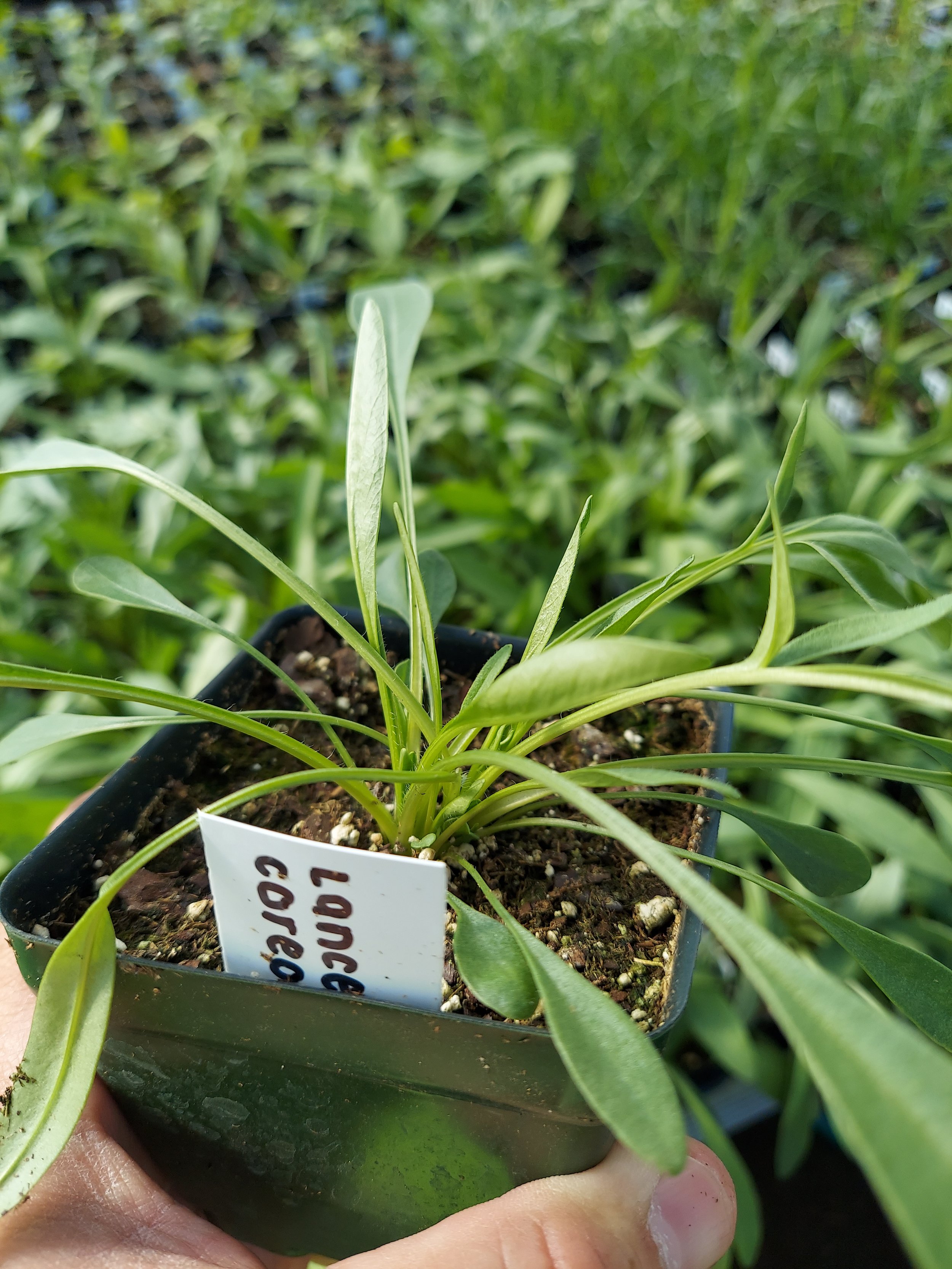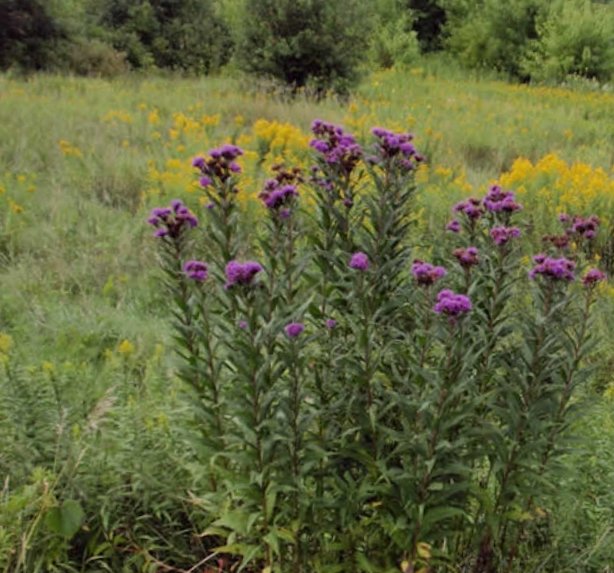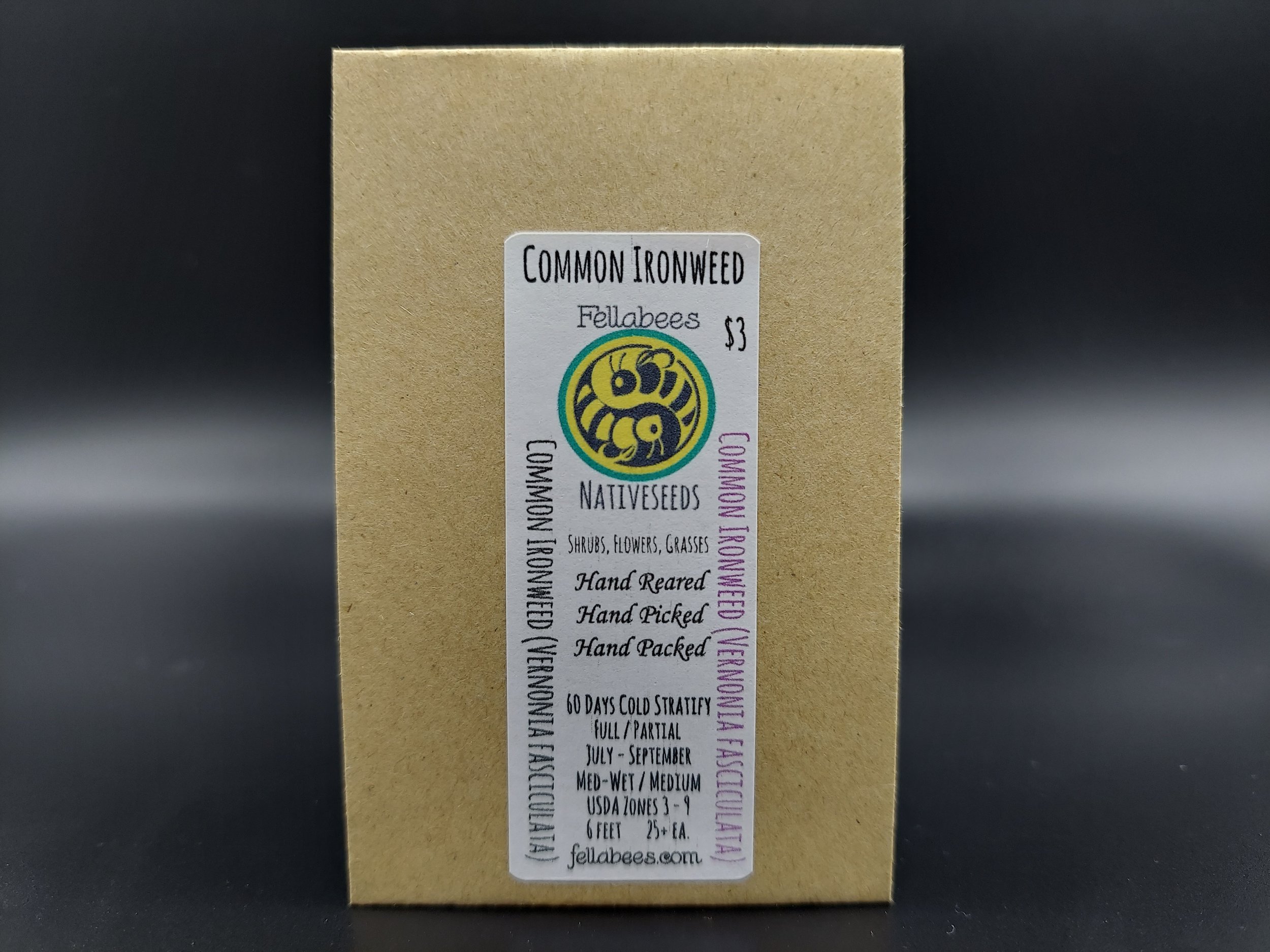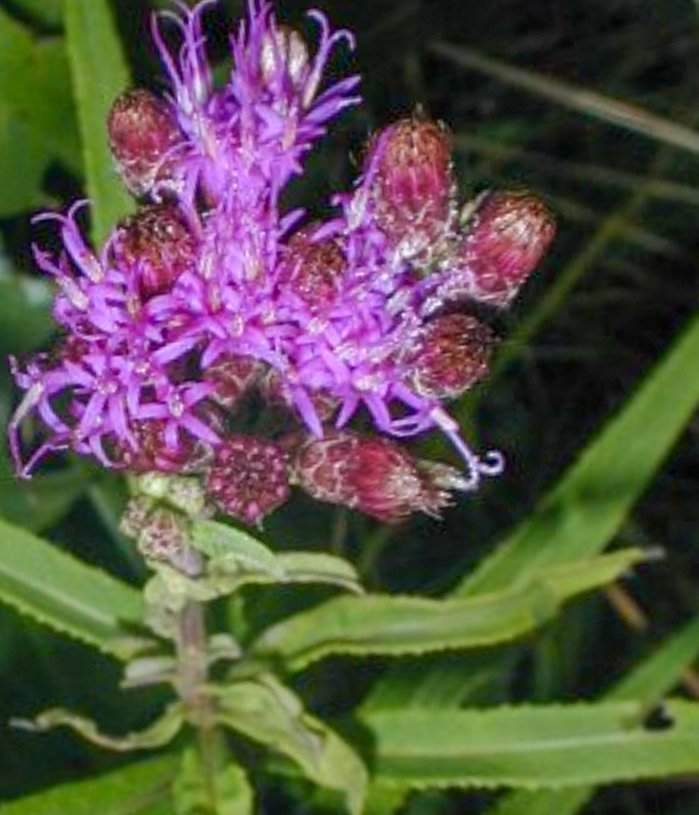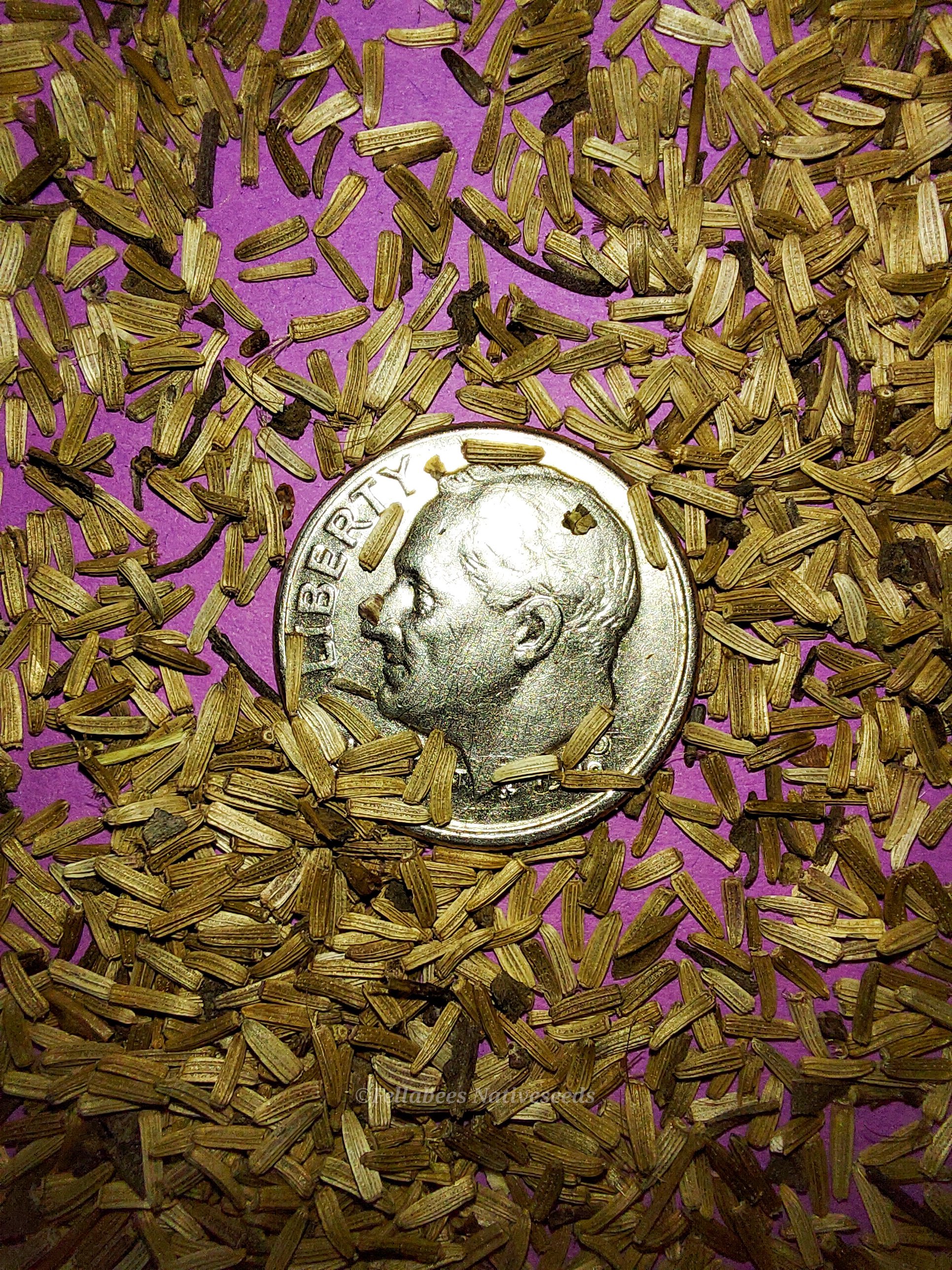 Image 1 of 9
Image 1 of 9

 Image 2 of 9
Image 2 of 9

 Image 3 of 9
Image 3 of 9

 Image 4 of 9
Image 4 of 9

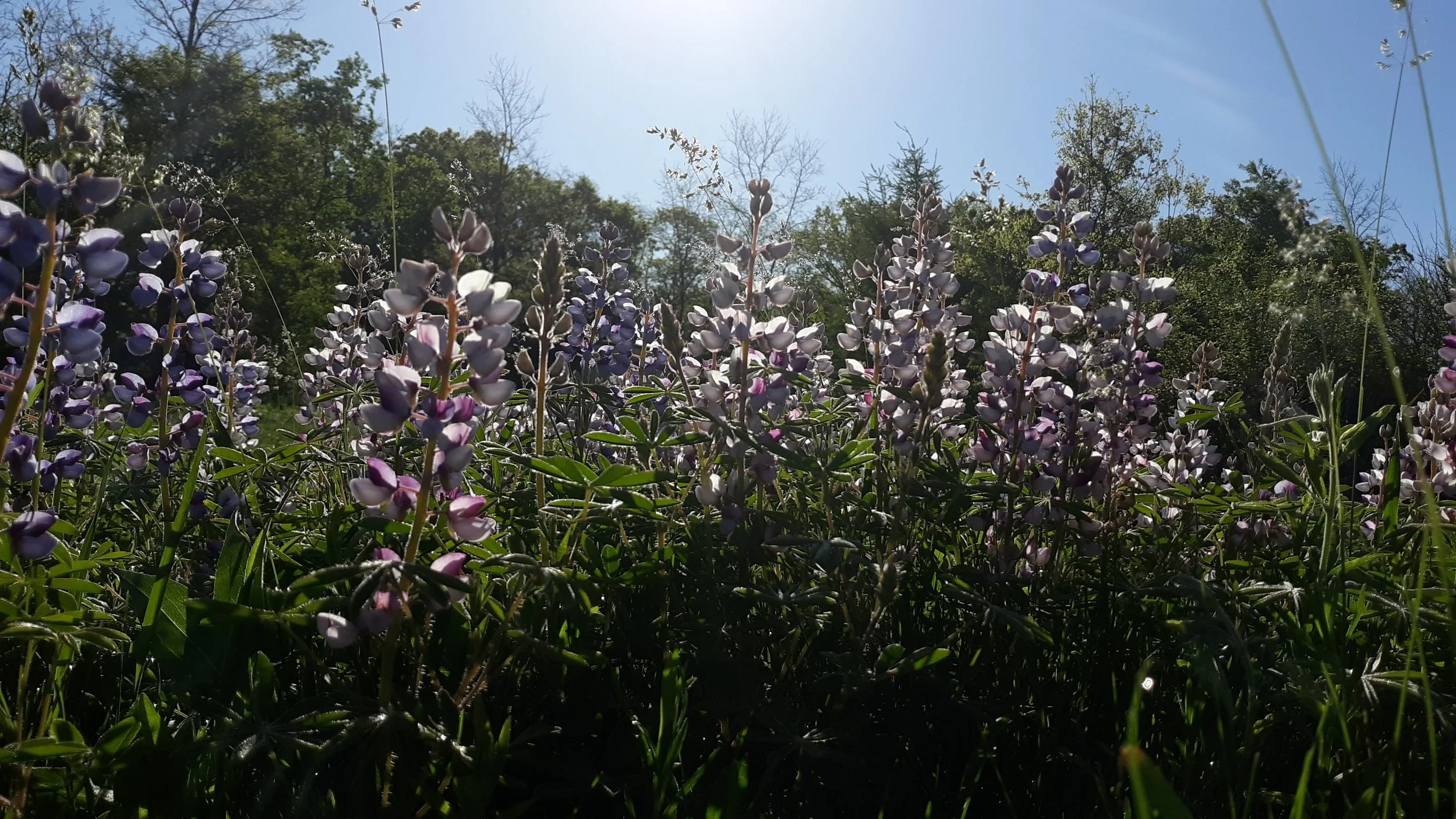 Image 5 of 9
Image 5 of 9

 Image 6 of 9
Image 6 of 9

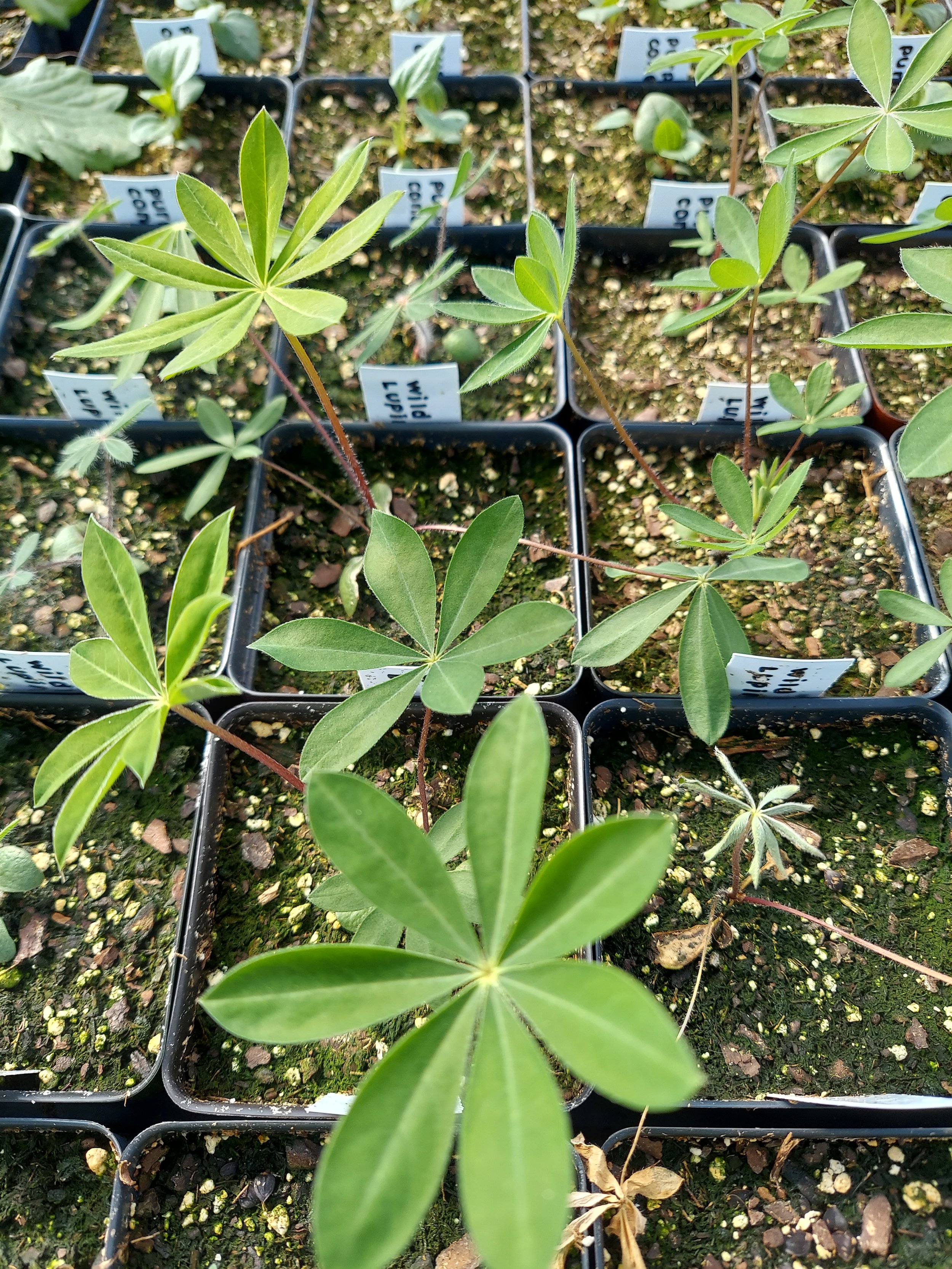 Image 7 of 9
Image 7 of 9

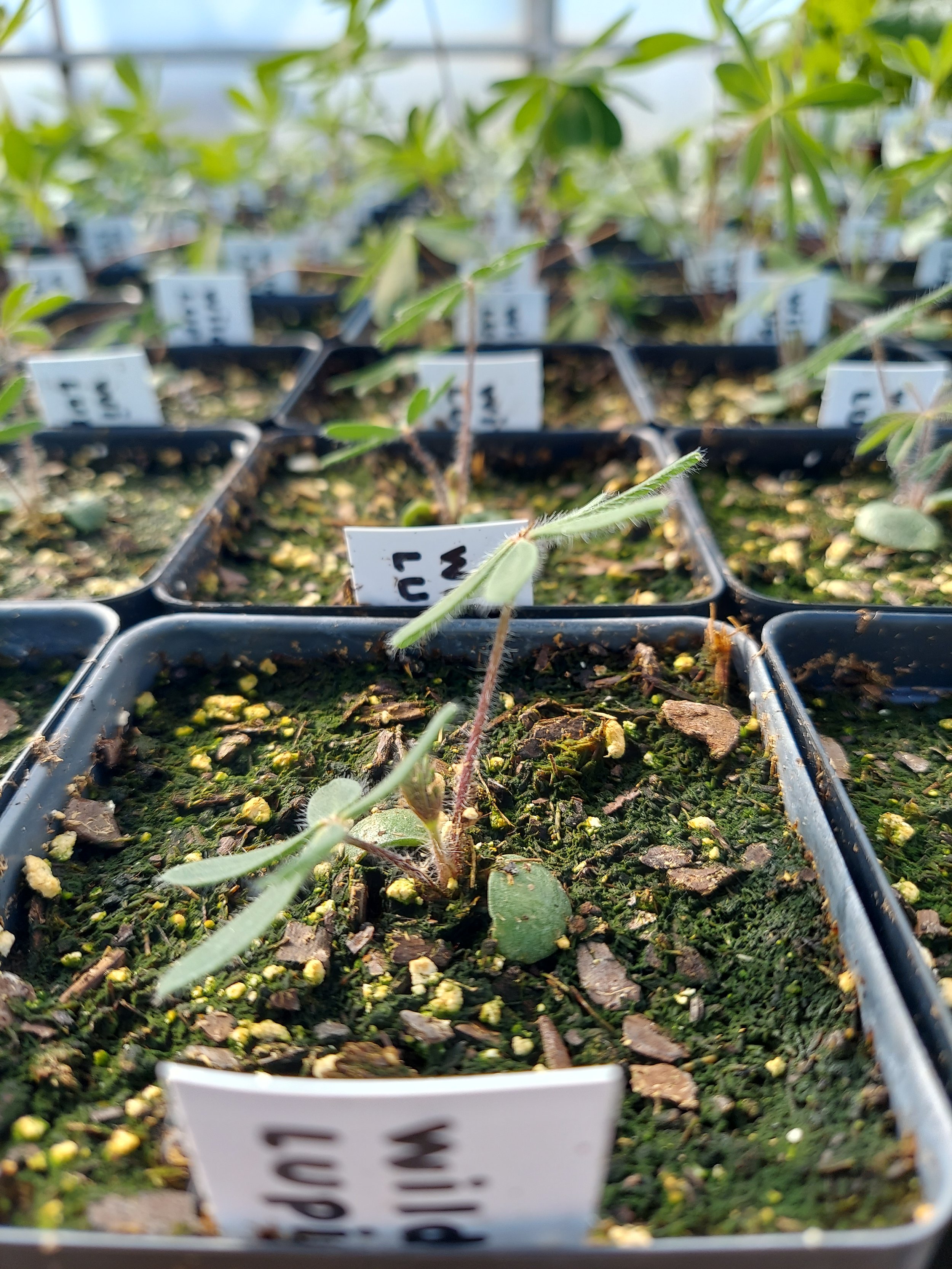 Image 8 of 9
Image 8 of 9

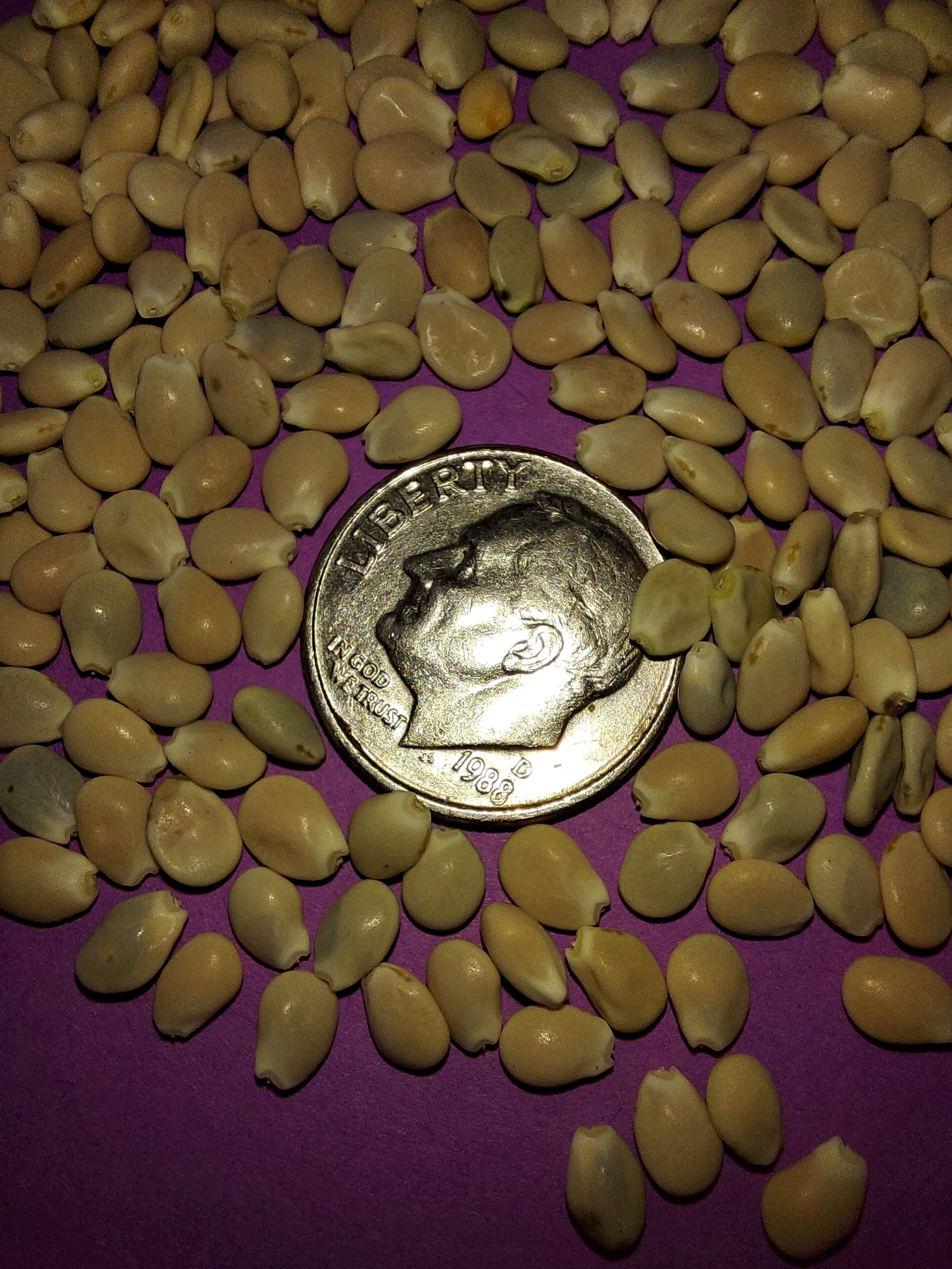 Image 9 of 9
Image 9 of 9










Wild Lupine (Lupinus perennis)
Wild Lupine (Lupinus perennis)
Wild Lupine (Lupinus perennis) is a native flowering plant in the Fabaceae family.
It is widespread in the eastern part of the United States (from Texas and Florida to Maine) and Minnesota, Canada (southern Ontario, Newfoundland and Labrador), and on the coasts of the Arctic Ocean, where it grows in sandy areas such as dunes and savannas.
Lupinus perennis is used as a foodplant by the caterpillars of several butterflies!
Among these are The Clouded Sulphur, The Eastern Tailed Blue, The Gray Hairstreak, The Silvery Blue, The Wild Indigo Duskywing, The Frosted Elfin (Callophrys irus), The Eastern Persius Duskywing (Erynnis persius persius), and most famously, the rare and endangered Karner Blue Butterfly (Plebejus melissa samuelis), whose caterpillars feed only on the lupine leaves. Leaves that have been fed on by Karner Blues have distinctive transparent areas where the larvae have selectively chosen to eat only the green, fleshy parts.
The Karner Blue Butterfly, is a federally endangered butterfly species that is native to the Great Lakes region.
After Wild Lupine emerges in spring, the first brood of the Karner Blue Butterfly hatchs from eggs that were laid the previous summer, and they will feed on the new leaves for about 3-4 weeks.
Once the caterpillars pupate and emerge as butterflies, they only live for about a week or two. It is during this time, that they will mate, and lay their eggs of the second and final brood of the spring season.
The second brood will hatch in summer, and they will lay their eggs, but those eggs will stay dormant through the winter and will be the first to hatch the following spring.
Critically in need of Conservation
The Lupine has been declining in number and range since the Industrial Revolution. It is estimated that it has declined in number by about 90% since 1900. This decline has in turn been deemed one of the primary causes of the decline of the Karner Blue Butterfly.
The main threats to Lupinus perennis are habitat loss, habitat fragmentation, and poor land management practices. Currently it is considered "rare" in Pennsylvania, a species of special concern in Rhode Island, threatened in Iowa, Maryland, and New Hampshire; it is endangered in Vermont, and is extirpated (locally extinct) in Maine.
Human development has eliminated a large portion of its viable habitat.
Remaining habitat is often fragmented, which is extremely problematic for the Lupine because it limits the range over which it can reproduce.
Viable Lupine habitat is often difficult to maintain because it tends to flourish after fires and other forms of prairie disturbance. One reason this occurs is that lupine seed coats are so tough that only pressure changes due to rapid heating or abrasion are strong enough to allow water to penetrate and start germination.
Moreover, fires, feeding by large ungulates (bison, boars, giraffes, camels, sheep, and deer among a few) as well as high deck mowing can improve habitat quality for established lupines by changing soil quality, vegetative structure, and leaf litter.
Plant Details:
USDA Zones: 3-8
Germination Needs: 10 Days Cold Stratification, Needs Scarification before stratification.
Life Cycle: Perennial
Sun Exposure: Full to Partial
Soil Moisture: Medium, Medium-Dry, Dry
Plant Spacing: 1-1½ feet
Height: 2 feet
Bloom Time: May, June, July
Bloom Color: Purple
Advantages:
Pollinator Favorite: butterflies, moths, bees, wasps, beetles
Bird Favorite: seeds, insects, fruit, nectar, nesting, perchs.
Excellent in the home landscape.
Native to: Wisconsin, Minnesota, Iowa Michigan, Illinois, Indiana, Ohio, Pennsylvania, New York, Vermont, New Hampshire, Massachusetts, Maine, Rhode Island, Connecticut, New Jersey, Delaware, Maryland, West Virginia, Virginia, Kentucky, North Carolina, South Carolina, Georgia, Florida, Alabama, Mississippi, Louisiana, and Texas
.
.
Packet quantities:
We pride ourselves on ethical, hands on, ecological management, using no mechanical or chemical methods whatsoever.
All of our native seed is hand reared, hand picked, and hand packed from native prairies under our exclusive management, never breaking chain of custody from the field until it is sent to you. Each packet is hand prepared for shipment by us, directly.
Small seed species will contain greater than 20-25 seed
Large seed species will contain greater than 10-15 seed
It is our mission to spread the wealth of native plant and pollinator ecological sustainability, and educate back yard gardeners as well as cooperate and government entities in how to germinate, grow, and benefit from native synergies.
Thank you for your support, it is because of you, that we can grow together to do, what we do.🐛🦋🐝🐞🌾🌱🌼🧡
Wild Lupine (Lupinus perennis)
Wild Lupine (Lupinus perennis) is a native flowering plant in the Fabaceae family.
It is widespread in the eastern part of the United States (from Texas and Florida to Maine) and Minnesota, Canada (southern Ontario, Newfoundland and Labrador), and on the coasts of the Arctic Ocean, where it grows in sandy areas such as dunes and savannas.
Lupinus perennis is used as a foodplant by the caterpillars of several butterflies!
Among these are The Clouded Sulphur, The Eastern Tailed Blue, The Gray Hairstreak, The Silvery Blue, The Wild Indigo Duskywing, The Frosted Elfin (Callophrys irus), The Eastern Persius Duskywing (Erynnis persius persius), and most famously, the rare and endangered Karner Blue Butterfly (Plebejus melissa samuelis), whose caterpillars feed only on the lupine leaves. Leaves that have been fed on by Karner Blues have distinctive transparent areas where the larvae have selectively chosen to eat only the green, fleshy parts.
The Karner Blue Butterfly, is a federally endangered butterfly species that is native to the Great Lakes region.
After Wild Lupine emerges in spring, the first brood of the Karner Blue Butterfly hatchs from eggs that were laid the previous summer, and they will feed on the new leaves for about 3-4 weeks.
Once the caterpillars pupate and emerge as butterflies, they only live for about a week or two. It is during this time, that they will mate, and lay their eggs of the second and final brood of the spring season.
The second brood will hatch in summer, and they will lay their eggs, but those eggs will stay dormant through the winter and will be the first to hatch the following spring.
Critically in need of Conservation
The Lupine has been declining in number and range since the Industrial Revolution. It is estimated that it has declined in number by about 90% since 1900. This decline has in turn been deemed one of the primary causes of the decline of the Karner Blue Butterfly.
The main threats to Lupinus perennis are habitat loss, habitat fragmentation, and poor land management practices. Currently it is considered "rare" in Pennsylvania, a species of special concern in Rhode Island, threatened in Iowa, Maryland, and New Hampshire; it is endangered in Vermont, and is extirpated (locally extinct) in Maine.
Human development has eliminated a large portion of its viable habitat.
Remaining habitat is often fragmented, which is extremely problematic for the Lupine because it limits the range over which it can reproduce.
Viable Lupine habitat is often difficult to maintain because it tends to flourish after fires and other forms of prairie disturbance. One reason this occurs is that lupine seed coats are so tough that only pressure changes due to rapid heating or abrasion are strong enough to allow water to penetrate and start germination.
Moreover, fires, feeding by large ungulates (bison, boars, giraffes, camels, sheep, and deer among a few) as well as high deck mowing can improve habitat quality for established lupines by changing soil quality, vegetative structure, and leaf litter.
Plant Details:
USDA Zones: 3-8
Germination Needs: 10 Days Cold Stratification, Needs Scarification before stratification.
Life Cycle: Perennial
Sun Exposure: Full to Partial
Soil Moisture: Medium, Medium-Dry, Dry
Plant Spacing: 1-1½ feet
Height: 2 feet
Bloom Time: May, June, July
Bloom Color: Purple
Advantages:
Pollinator Favorite: butterflies, moths, bees, wasps, beetles
Bird Favorite: seeds, insects, fruit, nectar, nesting, perchs.
Excellent in the home landscape.
Native to: Wisconsin, Minnesota, Iowa Michigan, Illinois, Indiana, Ohio, Pennsylvania, New York, Vermont, New Hampshire, Massachusetts, Maine, Rhode Island, Connecticut, New Jersey, Delaware, Maryland, West Virginia, Virginia, Kentucky, North Carolina, South Carolina, Georgia, Florida, Alabama, Mississippi, Louisiana, and Texas
.
.
Packet quantities:
We pride ourselves on ethical, hands on, ecological management, using no mechanical or chemical methods whatsoever.
All of our native seed is hand reared, hand picked, and hand packed from native prairies under our exclusive management, never breaking chain of custody from the field until it is sent to you. Each packet is hand prepared for shipment by us, directly.
Small seed species will contain greater than 20-25 seed
Large seed species will contain greater than 10-15 seed
It is our mission to spread the wealth of native plant and pollinator ecological sustainability, and educate back yard gardeners as well as cooperate and government entities in how to germinate, grow, and benefit from native synergies.
Thank you for your support, it is because of you, that we can grow together to do, what we do.🐛🦋🐝🐞🌾🌱🌼🧡
